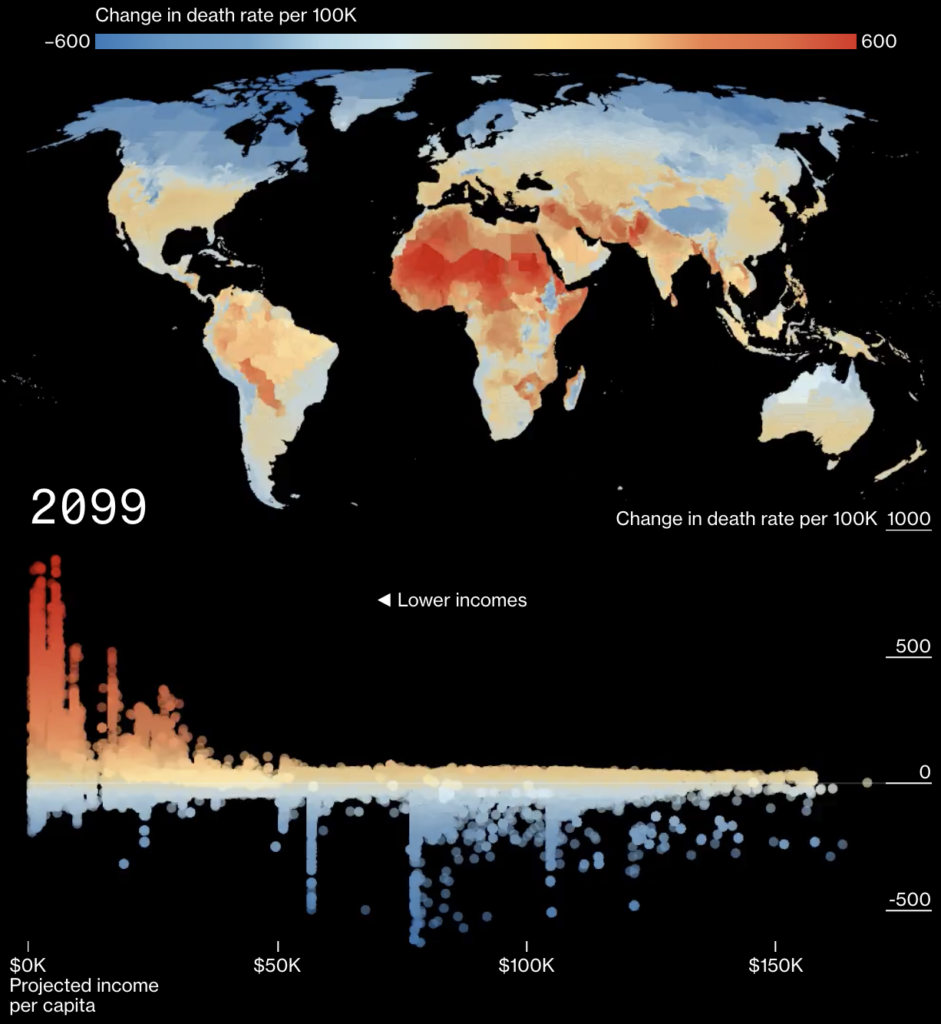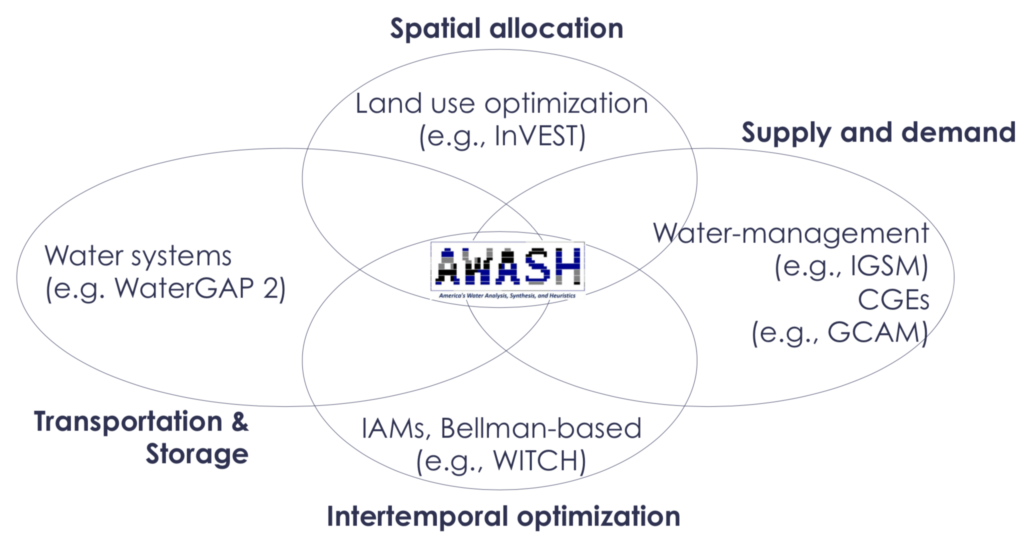I just spent a week on the road, driving from Las Angeles to Philadelphia, taking my grandmothers car back to my (still new) home. I followed Route 66 (though, mostly the new interstates, not the historical road), from its beginning to end, and generally had a swell time. The landscapes were amazing– I particularly loved the Painted Desert from Flagstaff to Albuquerque. I have a few pictures of the trip here, but the desert beauty was impossible to capture:
https://photos.app.goo.gl/XwaFED5acij1KLiv6
To keep me company, I had my audiobooks. I finally wanted to go through the Aeneid, and when I learned that its audiobooks were only ~14 hours, I tacked on the Iliad and the Odyssey too. Together, they came out to just less than my 45 hour drive. Obvious allegories aside, I had a lot of fun spending a week in ancient mythology, and plenty of random thoughts to share.
First, my translations. I listened to the fairly-recent Stanley Lombardo translation of the Iliad, read also by him, which is filled with bizarrely modern idioms and playground language. For the Odyssey, I went with W. H. D. Rouse, read by Anthony Heald, a famed reader who uses his voice to play many parts, but also had an off-putting tendency to apply Irish accents to low-caste servants. I wanted a verse translation for the Aeneid and used John Dryden’s 17th century approach for the joy of it, narrated by Michael Page. Beautiful, but a real effort to follow.
I was surprised by the basic content of the Iliad (never got far into) and the Odyssey (thought I remembered from years ago). The Iliad starts 9 years into the siege of Troy, and ends before the war is over. The last chapters focus on the death and memorial (and praise and mourning) of the main Trojan villain, Hector. There’s no mention of a Trojan horse, and Achilles is still alive and strong.
The Odyssey, meanwhile, starts with several chapters on the journey of Telemachus, Odysseus’s son, to learn of his father’s fate. We know almost nothing of Odysseus’s journey until the great lie-teller relates them himself to the Phaeacians, the people who will finally take him home.
The Aeneid is like a vast digest of the Iliad and Odyssey, starting with 7 years of wandering and ending with 3 of war. And as though there are only a few monsters in the sea, Aeneas also encounters the Cyclopes and Charybdis. The highlights of the Trojan war are related, with turns of phrase close enough to make an editor blush. But where the Iliad and Odyssey were organic and original products of culture, the Aeneid takes derivativeness to the level of genius.
All three are boys tales, with manly deeds and enchanting women. But the role of women changes quite a bit between them. In the Iliad, women are foremost “prizes”, with both their bodies and love ready to be won, stolen, or traded. In the Odyssey, there is a real propensity for women to work magic (Circe, Calypso, Sirens), but they are nonetheless passive (Penelope’s great strength was in not resolving the marriage question; Odysseus spends seven years with Calypso and we hear next to nothing about it). The Aeneid presents women as, on one hand, potential equals (Queen Dido, the warrior Camilla), but in interactions they seem so submissive, with lowered eyes and obsequious language.
I don’t think I would have appreciated the Iliad when I was younger. Homer is like a court bard, recording the Spark notes of history: the litany of who killed who is really the point of the work. But around that core, there’s a lot to appreciate. Homer weaves in his poetic sense with allegories about lions and sheep. The personalities of great men shine: the two Ajax’s, like giants; Achilles, touched by gods; Diomedes, the unstoppable; Patroclus, the doomed. The sounds of war– its fright, its fog– come through crisply.
The nature of war is also very different. For one thing, all of the nobility know each other, and know who it is they are trying to kill. In a couple cases where one party did not know the other, they asked for a lineage, and this was provided before they fought. Most of the battle seemed to happen in pairs, with one individual coming up against another. First, they would each boast, to dishearten the other; then the would throw their spears; then they would close with swords. When one died, the other would have the opportunity to remove his armor and bring it back to camp as a trophy. One gets the feeling that most of warriors spent most of their time on the side lines, watching the main stage and waiting their turn.
I’m sure that there’s scholarly work to understand this much more deeply than I have, but I had such a blast hearing the tales that I wanted to record it.






